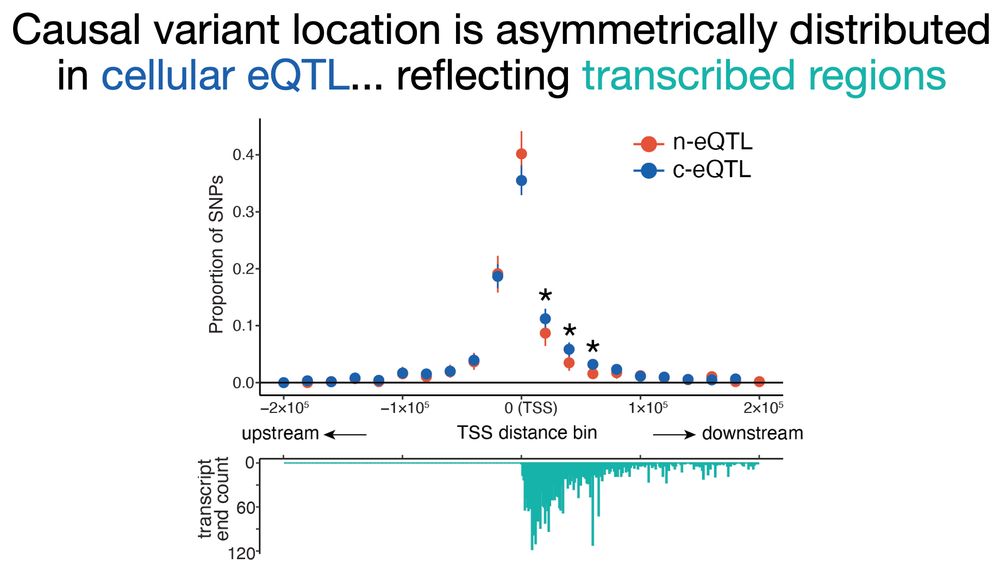Saori Sakaue
@saorisakaue.bsky.social
260 followers
200 following
12 posts
Assistant Professor @ Genome Sciences at University of Washington | Previously Instructor @ Harvard Medical School | Incoming Seeking how much of our destiny can be explained by data and science.
https://saorisakaue.github.io/
Posts
Media
Videos
Starter Packs
Reposted by Saori Sakaue
Saori Sakaue
@saorisakaue.bsky.social
· Feb 27
Saori Sakaue
@saorisakaue.bsky.social
· Feb 27
Reposted by Saori Sakaue
Yakir Reshef
@yakirreshef.bsky.social
· Feb 12

Powerful and accurate case-control analysis of spatial molecular data with deep learning-defined tissue microniches
As spatial molecular data grow in scope and resolution, there is a pressing need to identify key spatial structures associated with disease. Current approaches often rely on hand-crafted features such...
www.biorxiv.org










